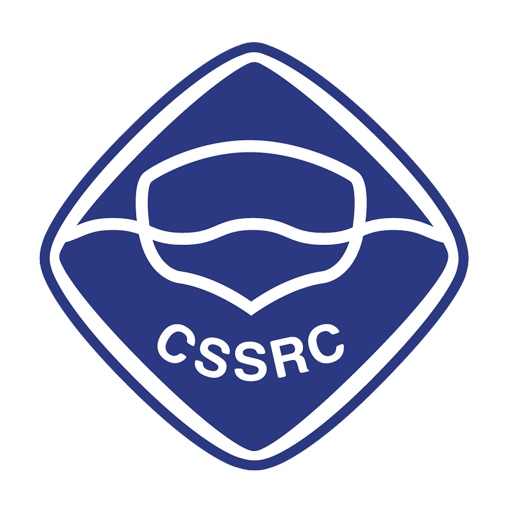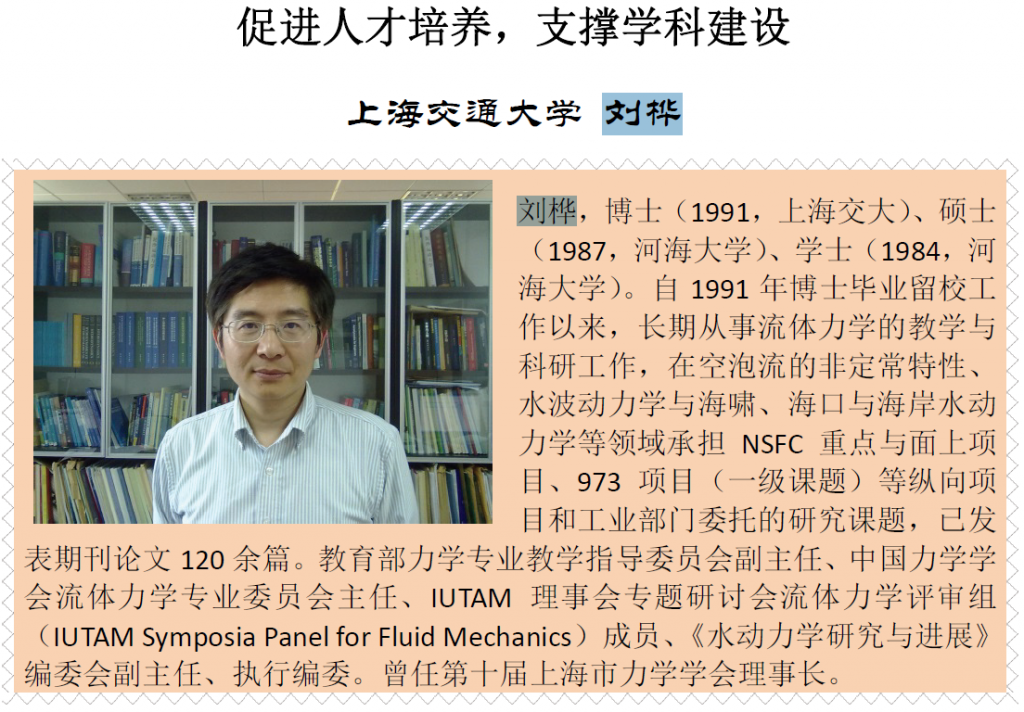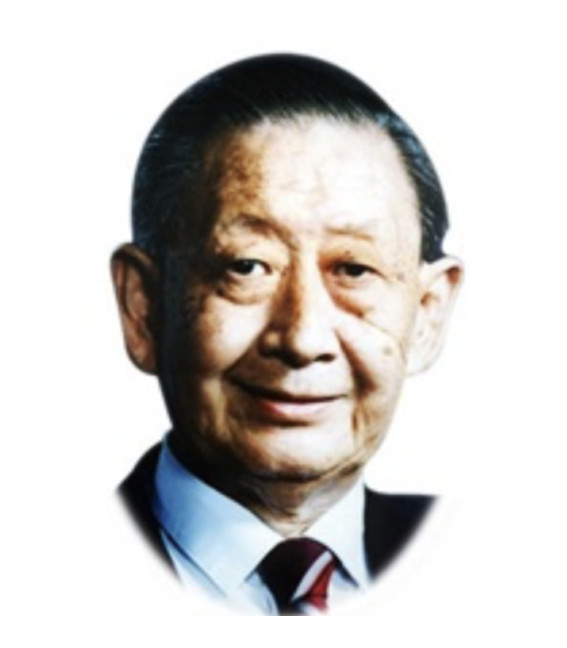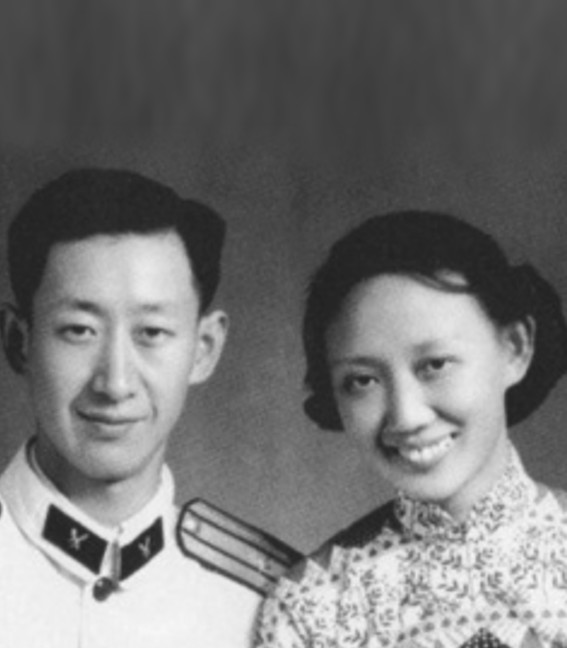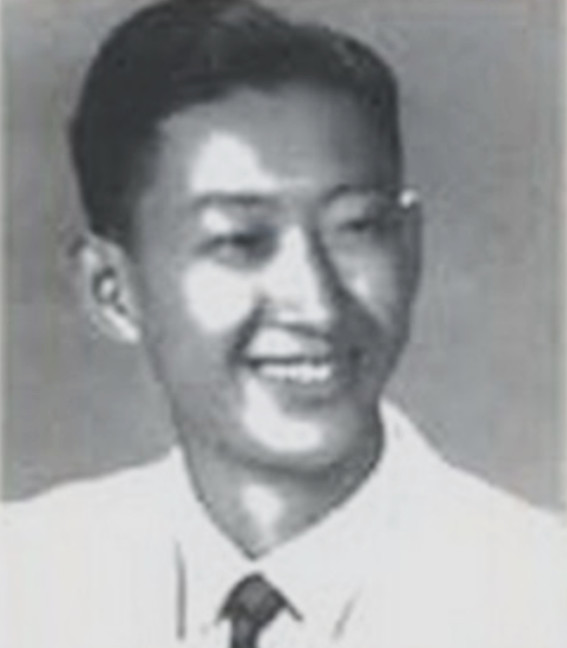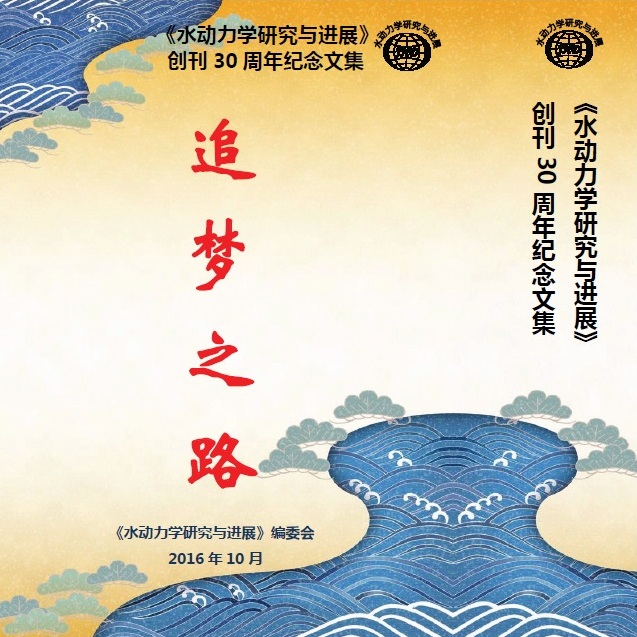创 刊 词
随着世界技术革命的推进和现代科学技术的发展,水动力学这一古老的学科获得了新的生命力,日益广泛地应用于经济建设和国防建设中,新的研究成果层出不穷,但国内一宜没有水动力学研究的专门性学术刊物。有鉴于此,在第二届全国流体力学会议和第一届全国计算流体力学会议上,与会代表纷纷建议创办水动力学杂志。经过充分调研和酝酿,在第二届全国计算力学会议期间,中国船舶科学研究中心会同国内各有关高校和科研单位组成了办刊联合体,提议创办《水动力学研究与进展》。这一提议立即得到有关单位的热烈响应,中国船柏工业总公司、中国舰船研究院和中国力学学会流体力学委员会领导给予积极支持。经过两年筹备,现已由国家科委批准为国内外公开发行的自然科学技术期刊。今天,《水动力学研究与进展》正式与广大谈者见面了,我们愿借此机会向为创办本刊作出巨大努力的各单位和人士表示衷心的感谢!
本刊是全国性工程科学学术刊物,其内容将有别于基础科学和工程性刊物。主要反映能源开发、海洋工程、船舶工程、水利工程、反应堆工程、化学工程、环境工程、生物工程等部门的有关理论,计算和实验研究成果。旨在为从事水动力学研究、设计和教学的工作者提供一个学术交流的园地,借以加强各系统、各部门之间的横向联系,互相取长补短,活跃学术思想,更好地为工程设计部门服务,不断推进我国的水动力学研究与应用,为实现四化贡献力量。
我们深信,在上级主管部门的领导和关怀下,在各主办单位和广大作者、读者的大力支持下,本刊定将日臻完善,这棵科学百花园地中刚刚破土而出的新苗一定会茁壮地成长起来。我们还殷切期望,不久将有更多的与水动力学有关的单位参加找们的办刊联合体,共同努力把本刊办成能跻身于世界先进科学之林的有水平、有影响的学术刊物。
《水动力学研究与进展》编委会
周培源为《水动力学研究与进展》创刊题词
力学是一门古老而又充满活力的学科,它的出现和发展是与整个自然科学和生产技术的发展紧密相联的。在我国的社会主义建设事业中,力学担负着相当重要的任务。新中国成立之初,就在我国高等学校创立了培养力学专门人材的力学专业,随后又建立了科学院力学研究所。力学工作者又组织了中国力学学会,并先后刊行了珠合性的《力学学报》和《力学与实践》。
经过三十余年的努力,我国力学队伍已有极大的发展,学术水平也有了很大的提高。它已在我国的经济和国防建设中做出了重要的贡献。在力学的各个分支学科,我国每年都有大量具有一定实际意义和学术价位的科研成果问世。为适应力学研究深入发展的形势和满足国内外学术交流的需要,各种专业性的力学刊物大量涌现。这是事业发展的必然趋势。
水动力学是流体力学中的重要分支之一,《水动力学研究与进展》作为水动力学专业学术刊物的创刊,标志着我国水动力学事业的日益兴旺昌盛。这也是我国水动力学界同仁团结奋斗的结果。我深信这个刊物必将在促进流体力学的国内外学术交流,提高学术水平,服务“四化”建设中发挥积极作用。
我衷心祝贺刊物的成功!
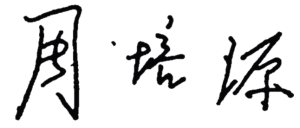
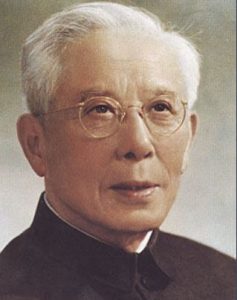 |
周培源(1902.8.28-1993.11.24),江苏省宜兴县人。著名流体力学家、理论物理学家、教育家和社会活动家。九三学社社员、中国共产党党员。中国科学院院士,中国近代力学奠基人和理论物理奠基人之一。周培源在学术上的成就在于爱因斯坦广义相对论中的引力论和流体力学中的湍流理论的研究,奠定了湍流模式理论的基础。 |
钱伟长为《水动力学研究与进展》创刊题词
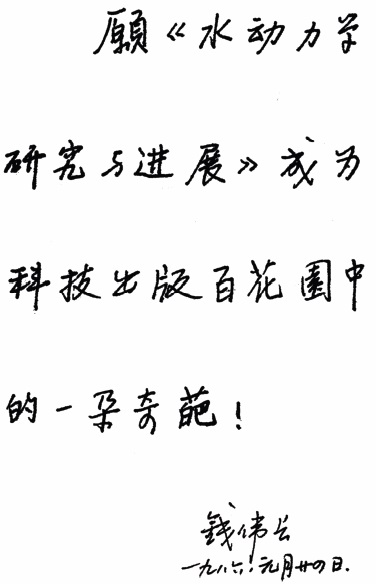
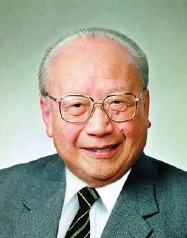 |
钱伟长(1912.10.9—2010.7.30),江苏无锡人,世界著名的科学家、教育家,杰出的社会活动家。中国人民政治协商会议第六至第九届全国委员会副主席,中国民主同盟第五届、六届、七届中央委员会副主席,第七届、八届、九届名誉主席。曾任上海工业大学、上海大学校长,清华大学教务长、副校长,南京大学、南京航空航天大学、江南大学名誉校长,暨南大学名誉校长兼董事长、扬州大学名誉董事长,耀华中学名誉校长。钱伟长兼长应用数学、力学、物理学、中文信息学,在弹性力学、变分原理、摄动方法等领域有重要成就。 |
严恺为《水动力学研究与进展》创刊题词
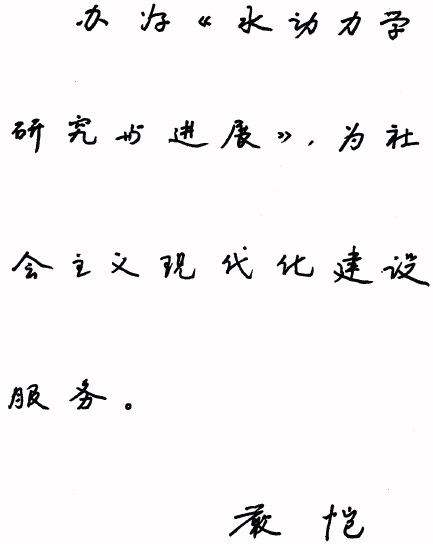
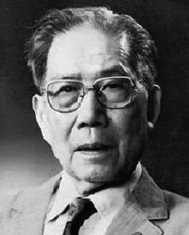 |
严恺(1912.8.10–2006.5.7),祖籍福建闽侯,一级教授,中国科学院、中国工程院、墨西哥科学院三冕院士,世界著名的水利海岸工程学家。河海大学创始人、校长、名誉校长,水利部交通部南京水利科学研究院名誉院长,中国水利学会名誉理事长,中国海洋学会名誉理事长。 |
庄逢甘为《水动力学研究与进展》创刊题词
水动力学是空气动力学的姐妹学科,空气动力学是在水动力学的羞础上发展起来的,只是由于近数十年来航空航天技术的迅猛发展,才形成了一个独立学科。应该说水动力学是应用范围很广的一门学科,当代重要的能源开发以及海洋工程、船舶工程、水利工程、反应堆工程、化学工程、环境工程、生物工程等部门中有许多重大的科学技术问题都与水动力学的研究紧密相关。随着我国四化建设的进展,水动力学正如当年的空气动力学一样,获得了迅猛的发展。为了促进国内外学术交流,进一步搞好水动力学为国民经济服务,在水动力学方面创办一个学术期刊,实在是十分必要的。
《水动力学研究与进展》正式出版并在国内外公开发行,是我国水动力学科研、教学事业兴旺发达的一个重要标志,我深信,在大家的共同努力下,《水动力学研究与进展》一定会受到我国力学界和各产业部门广大科技人员的热烈欢迎与积极支持,越办越好,越办水平越高,越办影响越大!
我以中国空气动力学研究会的名义,热烈祝贺《水动力学研究与进展》出版!希望《水动力学研究与进展》成为水动力学科研、教学单位的技术交流园地和联系纽带,加强与相邻学科的横向联系,在四化建设中发挥应有的积极作用!
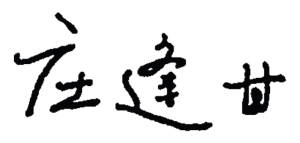
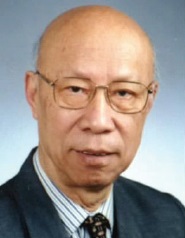 |
庄逢甘(1925-2010),空气动力学家,中共党员、我国航天事业的奠基者之一、中国航天空气动力学开拓者、中国科学院院士、长期从事空气动力学研究工作。他组织领导了我国主要的空气动力学实验基地建设,建成了从低速到高超音速的成套设备,并组建了一支空气动力研究的骨干队伍。 |
顾懋祥为《水动力学研究与进展》创刊题词
“Journal of Hydrodynamics” was trial published in Chinese in 1984. Its purpose was to provide a journal where various aspects of domestic development in theoretical and experimental research in this field could be reflected and views exchanged ever since its formal publication in 1986. I was astonished by the support given by our readers as testified by the rapid growth in member organizations who are willing to co-sponsor the journal. At present we received contribution and support both academically and financially from 33 well known universities and research institutes in China.
The purpose of the English edition of the present journal is obvious. That is, to introduce to our international readers recent developments in hydrodynamics in China. I am grateful to the effect of our editorial board and doubly thankful to the support of our advisory editors both at home and abroad who have given us advice and support in publishing the English edition. Hydrodynamics is both old and young in China. To say it is old, the wisdom of Dujiang dam more than 2000 years ago is still a masterpiece in faming the roaring stream of the upper Yangtze. To say it is new, the development of theoretical and numerical hydrodynamics has been comparatively young as compared to aerodynamics in China and hydrodynamics abroad.
I feel therefore it is our obligation to our international colleagues to publish a journal where most of the important advances in this field in China could be traced. However, we equally welcome papers contributed from abroad.
To our theoretical readers, therefore, we appeal to your encouragement, support and criticism to make this journal a success.
Gu Maoxiang
Hon. Director, China Ship
Scientific Research Center
Chairman, Editorial Board of
Journal of Hydrodynamics
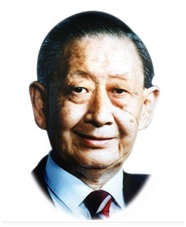 |
顾懋祥(1923.1.25~1996.5.21),男,原籍江苏省太仓市,出生于吉林省长春市 。1945 年上海雷士德工学院机械系毕业。1949 年获美国密执安大学研究院造船与轮机系工程硕士学位。原中国船舶科学研究中心(七零二所)所长、研究员、名誉所长,船舶与海洋工程、船舶
性能研究和设计技术专家,为我国船舶工程发展作出了贡献。1995 年当选为中国工程院院士。《水动力学研究与进展》奠基人。 |
